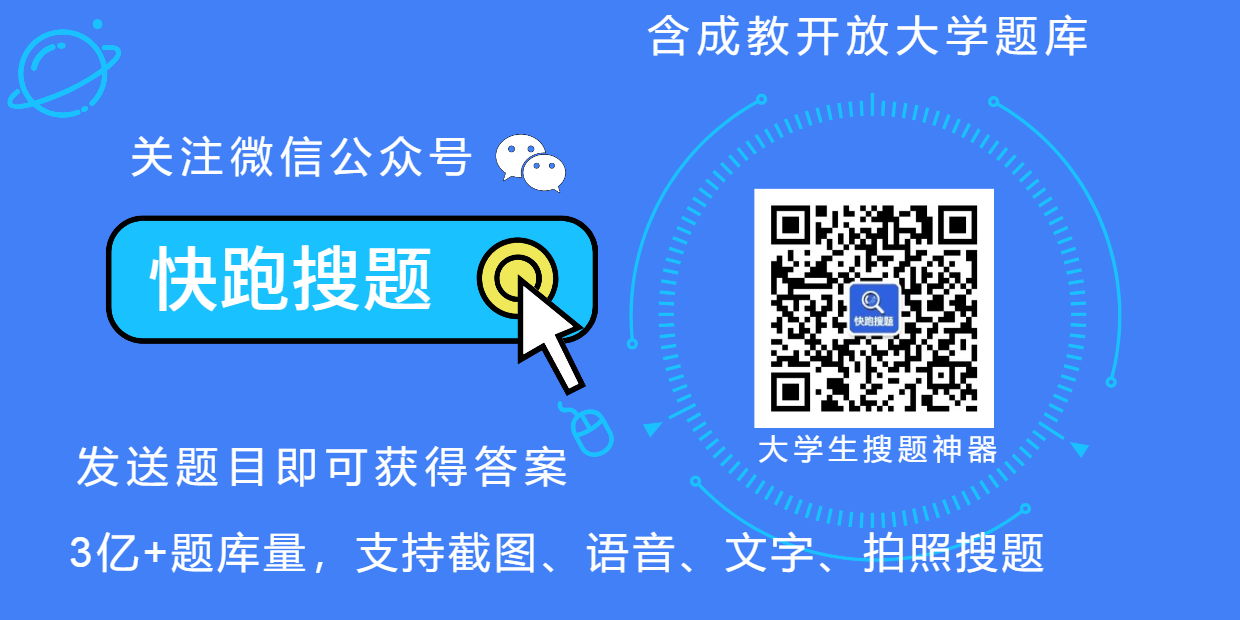选择题
1. What is the capital city of Australia?
A. Sydney
B. Melbourne
C. Canberra
D. Brisbane
Correct Answer: C. Canberra
Explanation: Canberra is the capital city of Australia, housing the Parliament House and various government institutions.
2. Who wrote the famous novel "1984"?
A. George Orwell
B. Aldous Huxley
C. Ernest Hemingway
D. F. Scott Fitzgerald
Correct Answer: A. George Orwell
Explanation: "1984" was written by George Orwell and published in 1949, portraying a dystopian future.
填空题
3. The Statue of Liberty is located on __________ Island.
Correct Answer: Liberty
Explanation: The Statue of Liberty stands on Liberty Island in New York Harbor.
4. The currency of Japan is the __________.
Correct Answer: Yen
Explanation: The currency used in Japan is the Yen (¥).
判断题
5. The Great Wall of China is the longest wall in the world.
True or False?
Correct Answer: True
Explanation: The Great Wall of China is the longest wall in the world, stretching over 13,000 miles.
6. The Amazon River is the longest river in the world.
True or False?
Correct Answer: False
Explanation: The Amazon River is the second longest river in the world, after the Nile River.
论述题
7. Discuss the causes and effects of climate change.
Answer:
Climate change is primarily caused by human activities such as burning fossil fuels, deforestation, and industrial processes that release greenhouse gases into the atmosphere. These gases trap heat, leading to a gradual increase in global temperatures. The effects of climate change include rising sea levels, extreme weather events like hurricanes and droughts, disruption of ecosystems and biodiversity, and threats to food security and human health. Addressing climate change requires global cooperation to reduce emissions, promote renewable energy sources, and adapt to its impacts.
8. Explain the significance of the Renaissance period in European history.
Answer:
The Renaissance, occurring roughly between the 14th and 17th centuries, marked a cultural, intellectual, and artistic rebirth in Europe. It saw a revival of classical learning from ancient Greece and Rome, leading to advancements in art, architecture, literature, and science. The period witnessed the works of renowned figures such as Leonardo da Vinci, Michelangelo, and Shakespeare. The Renaissance also stimulated exploration, trade, and the spread of new ideas across Europe, laying the foundation for the modern era.
This sample exam content covers various question types commonly found in unit self-tests, providing both questions and detailed answers for each category.

郑重声明:本文版权归原作者所有,转载文章仅为传播更多信息之目的,如作者信息标记有误,请第一时间联系我们修改或删除,多谢。

